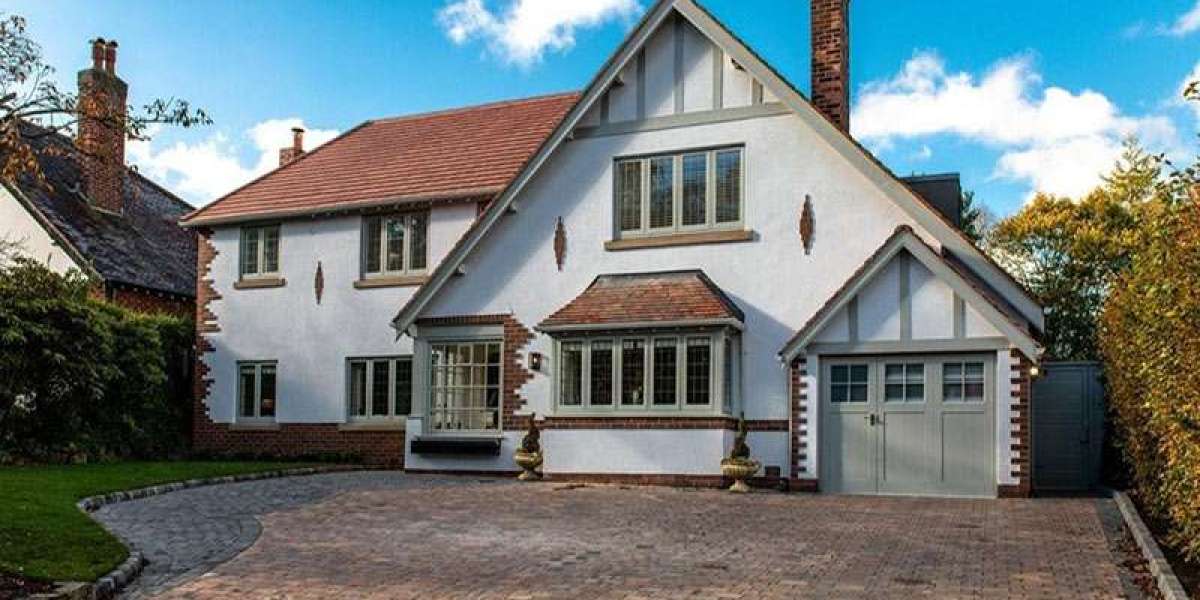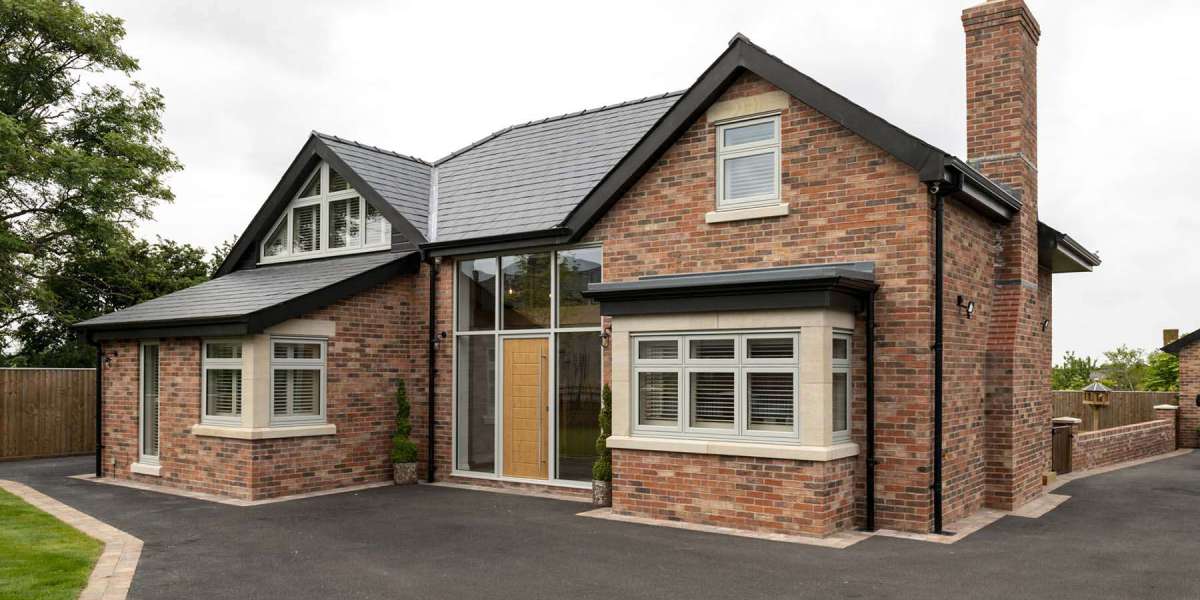Aluminium windows have gained significant popularity in the construction and renovation sectors due to their aesthetic appeal, durability, and energy efficiency. This report aims to provide a comprehensive overview of aluminium windows, including their features, advantages, disadvantages, applications, and market trends.
Introduction
Aluminium windows are frames made from aluminium, a lightweight yet robust metal that offers a range of design options and performance benefits. Over the years, advancements in technology have improved the manufacturing processes, making aluminium windows an increasingly popular choice for both residential and commercial buildings.
Features of Aluminium Windows
- Durability: Aluminium is known for its strength and resistance to corrosion, making it an Ideal Glass material for window frames. Unlike wood, aluminium does not warp or swell when exposed to moisture, ensuring a longer lifespan.
- Low Maintenance: Aluminium windows require minimal maintenance compared to other materials. They do not need regular painting or sealing, and cleaning them is as simple as using soap and water.
- Energy Efficiency: Modern aluminium windows are often equipped with thermal breaks, which enhance their insulation properties. This reduces heat transfer, helping to maintain indoor temperatures and lower energy bills.
- Design Flexibility: Aluminium can be easily extruded into a variety of shapes and sizes, allowing for a wide range of design options. This flexibility enables architects and builders to create custom window designs that meet specific aesthetic and functional requirements.
- Security: Aluminium windows can be fitted with robust locking mechanisms that enhance security. Their strength also makes them difficult to break or force open, providing peace of mind for homeowners and building occupants.
Benefits of Aluminium Windows
- Aesthetic Appeal: Aluminium windows can be finished in various colors and textures, allowing them to complement any architectural style. The slim profiles of aluminium frames also maximize the amount of natural light entering a space.
- Sustainability: Aluminium is a recyclable material, making it an environmentally friendly choice. Many manufacturers use recycled aluminium in their products, further reducing the carbon footprint associated with window production.
- Cost-Effectiveness: Although the initial cost of aluminium windows may be higher than that of some other materials, their longevity and low maintenance requirements often make them a more cost-effective option in the long run.
- Enhanced Performance: Aluminium windows can be designed to meet specific performance standards, including thermal performance, sound insulation, and impact resistance. This adaptability makes them suitable for various climates and building types.
Disadvantages of Aluminium Windows
- Thermal Conductivity: Aluminium is a good conductor of heat, which can lead to heat loss in colder climates. However, this issue can be mitigated by using thermal breaks and double-glazing.
- Initial Cost: The upfront cost of aluminium windows can be higher than that of vinyl or wood windows. Homeowners should consider the long-term benefits and savings when evaluating the overall value.
- Condensation: In certain climates, aluminium windows may be prone to condensation, especially if not properly insulated. This can lead to moisture issues if not addressed promptly.
Applications of Aluminium Windows
- Residential Buildings: Aluminium windows are commonly used in homes due to their aesthetic appeal and durability. They are suitable for various architectural styles, from contemporary to traditional.
- Commercial Buildings: Many commercial properties, including offices and retail spaces, utilize aluminium windows for their modern look and energy efficiency. The ability to create large expanses of glass enhances natural light and provides a pleasant working environment.
- Industrial Applications: Aluminium windows are also used in industrial settings where strength and durability are essential. They can withstand harsh conditions and are often used in factories and warehouses.
- Public Buildings: Schools, hospitals, and government buildings benefit from aluminium windows due to their energy efficiency and security features. These properties often require windows that can withstand heavy use and provide a safe environment.
Market Trends
The aluminium window market has been experiencing growth due to several factors:
- Increased Demand for Energy-Efficient Products: As energy efficiency becomes a priority for consumers and builders, the demand for aluminium windows with thermal breaks and high-performance glazing has risen.
- Sustainable Building Practices: The growing emphasis on sustainability in construction has led to increased interest in recyclable materials like aluminium. Builders and architects are increasingly incorporating aluminium windows into green building designs.
- Technological Advancements: Innovations in manufacturing processes have improved the quality and performance of aluminium windows. Enhanced thermal insulation and customizable designs are now more accessible to consumers.
- Urbanization and Infrastructure Development: Rapid urbanization and infrastructure development in emerging economies are driving the demand for modern building solutions, including aluminium windows. The trend towards high-rise buildings also favors the use of aluminium due to its lightweight nature.
Conclusion
Aluminium windows offer a compelling combination of durability, low maintenance, energy efficiency, and aesthetic appeal. While there are some disadvantages, the benefits often outweigh them, making aluminium windows a popular choice for a wide range of applications. As market trends continue to favor sustainable and energy-efficient building solutions, the demand for aluminium windows is likely to grow, solidifying their place in the future of construction and design.
In summary, aluminium windows are a versatile and practical choice that meets the needs of modern architecture while also contributing to sustainability efforts in the building industry.







